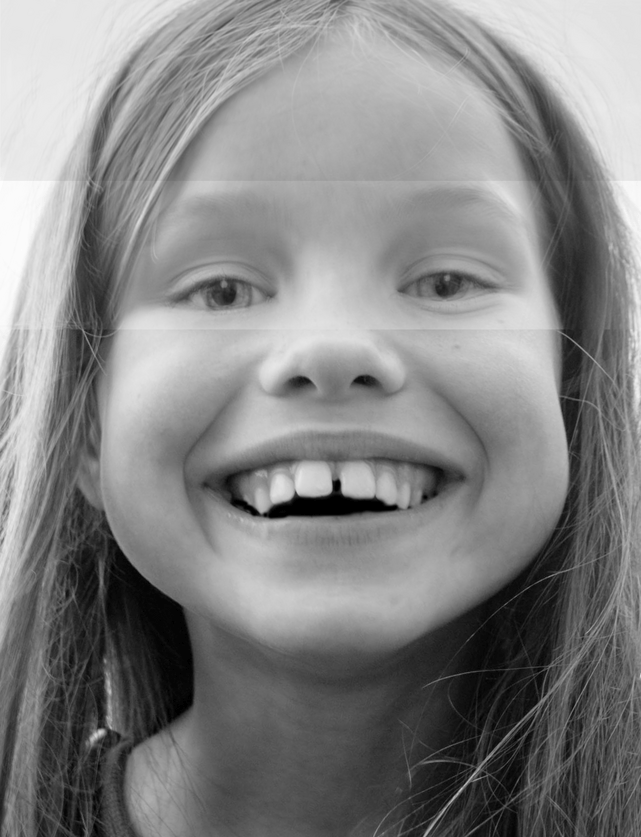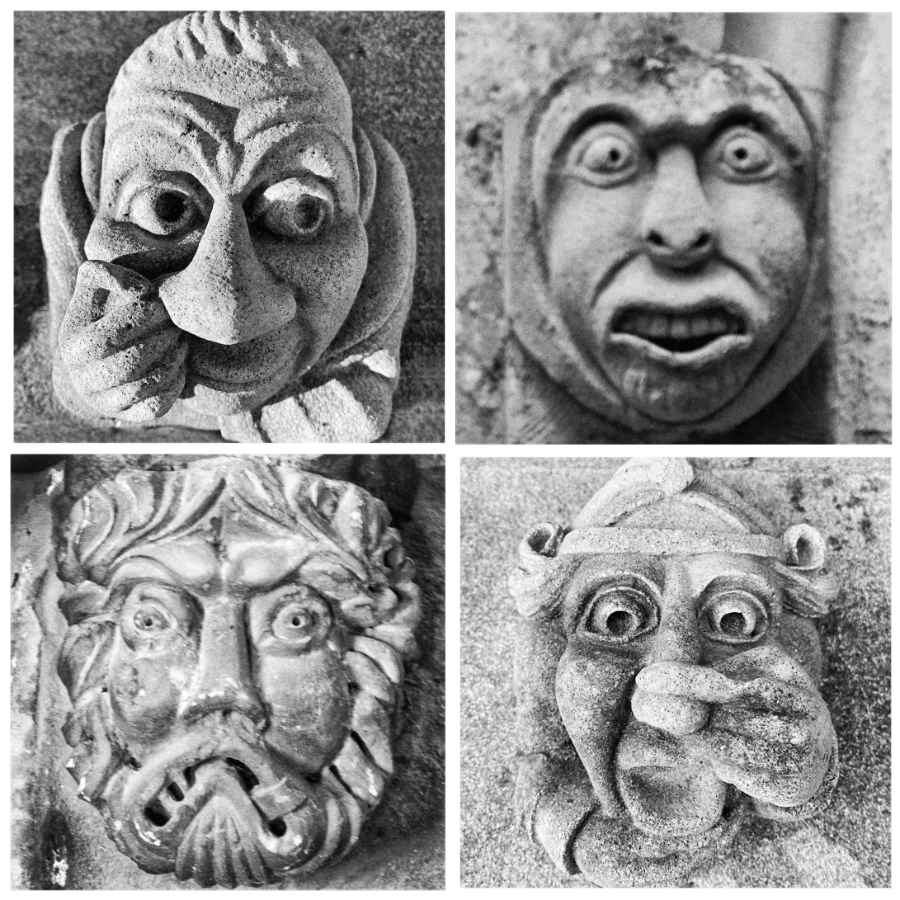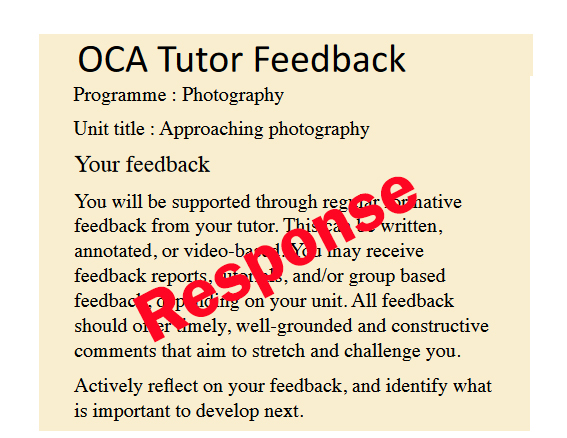A note to my assessor: This assignment rambles over 3 log entries: Assignment 3i and Assignment 3ii are the preludes to this final offering.
I have for a while been thinking about my Assignment 1 Feedback and the statement that my assessment tutor was waiting to read “where somebody has expressed how much they just can’t wait to point their camera toward themselves.” In this era of ‘the selfie’ it may not be that people do not want to point their camera towards themselves, but rather the context in which it will be seen and how judgements will be made based on pose, clothing, location, props, face and expression, [Bate 2016].
I hadn’t even considered asking people to pose for the ‘heads’ theme, (I was going to go for either views or things) but whilst I’ve been undertaking background research for the themes (Assignment 3i Collections Research), I’ve come across photographers, August Sanders and Claude Cahun, who have had their photographic works censored and destroyed because of what is or may be shown about the people displayed. These two photographers led me to a tangential link with the Weimar Republic and physiognomy, which having access to the internet led me down a surfing rabbit hole. One which I have now climbed out of, and can say that Sanders contributed to the interest in what, or even whether, the face held “any truth about the individual, or the fate of a community, or indeed a whole nation’s culture, [w]as revealed in its citizens’ faces” [Brückle]. The idea was taken up by the Nazi’s as they promoted the idea of ‘racial stereotypes’.
The Physogs game that I have highlighted in my research for this assignment (link here), grew out of this German cultural milleau and the interest in physiognomy. The inventor Jacques Penry who wrote “How to Judge Character from the Face” (1939), went on to produce the initial identikit model that the police used for a while. The game was based on criminality and whether it can be discerned from a person’s facial features.
Here I have taken the idea from the game and imposed my own demonstration of how facial components can alter one’s response to an individual. I will ‘unpack’ that a little here as you may not make the same inferences from the image that I would. Female child, looks normal until you get to the large (demonic) mouth and eyes, I’m thinking mysogyny and witch hunts. In fact this last comment does look forward to the next assignment and the question ‘Can’t photographs speak for themselves?’, and evidently I don’t think that they can!
The video above is a manual presentation of the printed photographic elements. It is a longish video of nearly two minutes. As the attention span of most people is said to be shorter than 8 seconds (partially debunked here) I am offering the initial experiment of the idea that I put together as a gif, which can be found as part of my Assignment 3ii Collections Research.

This could be described as a moving collage or photomontage, and although here it is a bit ‘rough and ready’, made as a trial, it is my prefered outcome for the theme ‘heads’.
It is more immediate lasting only a few seconds, and is as a result, able to convey my intention as a photographer… maybe!
Reseach shows that observers of art (read photographs too) may only give a cursory glance of up to 3 seconds looking at images to aquire a personal response, if that emotional connection happens then they may hover longer, on average 30 seconds to examine the image or the associated text entering into a dialogue with the image. [source]. The ‘snap’ judgements being made as we utilise technology with its ever distracting social media notifications, flash SMS’s, AI images and ‘pop-ups’ lead to an easy subliminal access to people’s minds and emotions, and may be a contributing factor to the unexamined acceptance of conspiracy theories and falsehoods.
In these days of photographic processing software and AI, I too have become more careful of where I publish my self portrait images. One that I overlooked as I assembled my ‘heads’ collection. I ran into a problem with the image I had chosen for this assignment which was ideal for my purposes. It wasn’t until I uploaded the video to YouTube that I realised on reading their child protection material that perhaps it was not so ideal, being an image of an actual and possibly identifiable child. Luckily both the parent and child were charmed by the effect and have given their permission for me to use the image for this purpose.
Whilst still thinking about this assignment I wandered back home in the late evening from visiting my daughter and I happened upon a possible ‘things’ collection. (see Assignment 3ii Collections: Ideas). I gathered 31 images of the rear lights on the left hand side of cars. Three people came out of their house to query what I was doing, and another man had got into his car and chased me down the road as I continued with my photographing to ask me his mother’s question, “what is that strange woman with blue hair up to?”. So its not just ‘heads’ that are an issue when undertaking a photographic collection.
To cycle back to the first paragraph. People, in general, do not wish to loose control of images of themselves or their things, and they want to know and approve the purposes for which they are being used!





